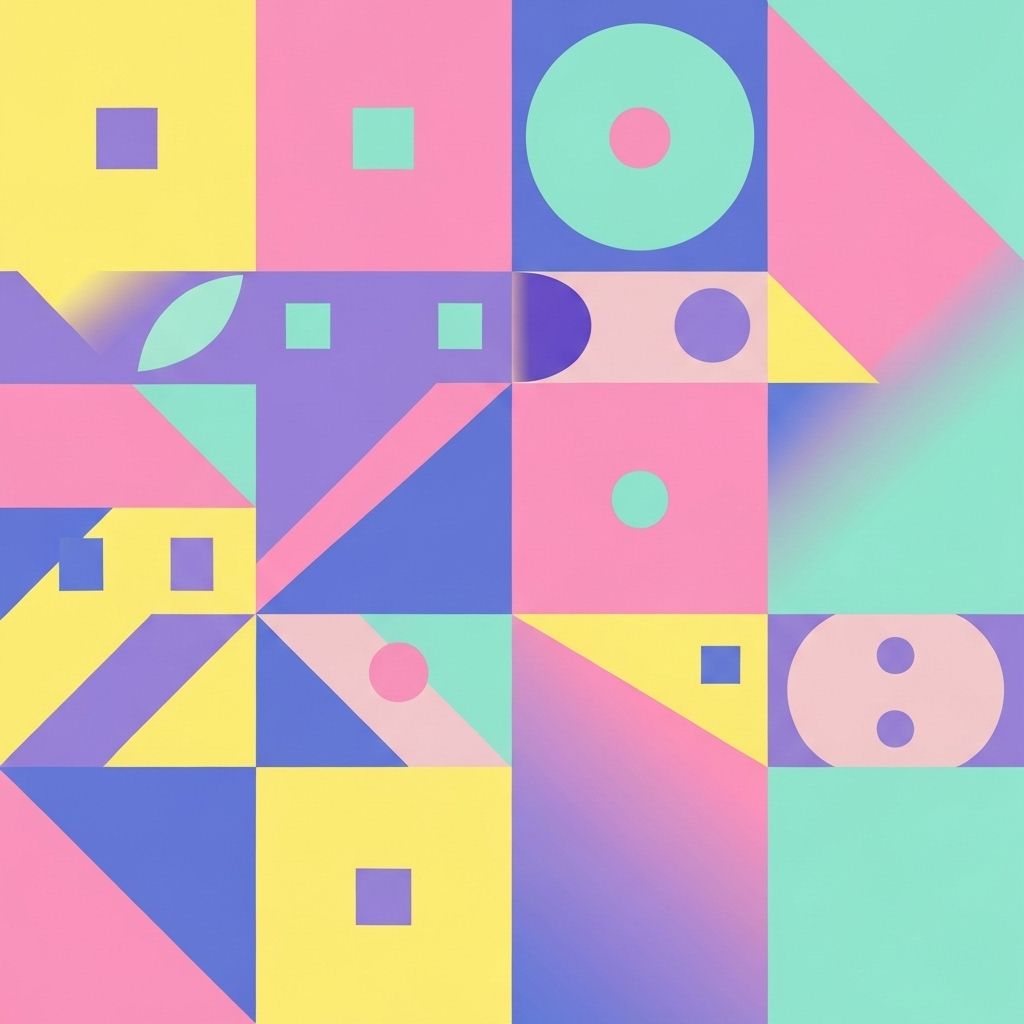CASE STUDY
Starbucks Sustainability Tracking Tool
Designing an internal platform that empowers teams to monitor and visualize progress toward global environmental goals.

Project Background
This summer, I joined Starbucks' Sustainable Stores Team to help design an internal sustainability tracking tool that empowers teams to monitor and visualize progress toward the company's global environmental goals.
The initiative supported the Greener Stores program, Starbucks' commitment to reducing carbon emissions, water usage, and waste by 50% by 2050.
The challenge was clear: Starbucks teams needed a single, intuitive platform that could bring scattered sustainability data together, reveal insights, and tell a story of progress.
My role was to research, design, and deliver a data visualization system that translated complex environmental metrics into actionable insights — a foundation for more informed, sustainable decisions at scale.
(Due to an NDA, I'm unable to share detailed visuals of the final product.)
My Role
As the Sustainability Fellow, I served as both researcher and product designer, leading the design process from initial discovery through design handoff to engineers.
Key Responsibilities
- • Defined sustainability-focused KPIs and OKRs in collaboration with analysts and program managers.
- • Conducted interviews with internal users to understand how teams tracked store-level progress.
- • Analyzed existing workflows and data models to identify gaps and redundancies.
- • Designed a cohesive data visualization platform that made environmental impact measurable and intuitive.
- • Partnered with engineers to prepare design specifications and ensure successful implementation.
- • Presented findings and design concepts to sustainability leadership to align vision and next steps.

Design Process
1. Research & Discovery
I began by conducting stakeholder interviews and contextual inquiries to understand how sustainability data — like energy usage, water consumption, and waste reduction — was being tracked. Teams across regions were using disconnected spreadsheets and dashboards, leading to inefficiencies and inconsistent reporting.
Insight: Teams needed a centralized, reliable system that reduced manual work and made progress visible at a glance.
2. Defining the Problem
"How might we help Starbucks teams visualize environmental performance and progress toward Greener Stores goals in a clear, consistent, and motivating way?"
This guiding question informed every design decision, from information architecture to color palette.
3. Systems Mapping & Data Architecture
I mapped the data flow between departments and systems, identifying key touchpoints where information was collected, verified, and reported. This systems-level view helped define opportunities to streamline data ingestion and unify metrics under a single framework.
4. Design Strategy & Rationale
I focused on clarity, hierarchy, and narrative.
- Clarity: Created modular dashboards that surfaced key metrics — carbon, water, waste — in a glanceable format.
- Hierarchy: Used progressive disclosure to move from global to regional to store-level data.
- Narrative: Designed data visualizations that didn't just show numbers but told a story of progress — connecting local action to global goals.
The interface was intentionally simple: bold data, clean typography, and visual cues rooted in Starbucks' brand.
5. Collaboration & Handoff
Once the high-fidelity designs were finalized, I worked closely with engineers to ensure smooth implementation. This included defining component behavior, accessibility guidelines, and responsive states for scalability.

Validation
I conducted user feedback sessions with sustainability and operations managers to evaluate clarity and usability. Feedback confirmed that the new design made it easier to:
- • Compare performance across store portfolios
- • Identify regions exceeding or lagging in sustainability goals
- • Communicate progress to leadership with visual impact
Iterating on this feedback helped refine navigation and information density — balancing storytelling with technical accuracy.
Impact & Next Steps
The final design established the foundation for a unified Sustainability Insights Platform across Starbucks' global operations. It aligned regional teams on shared metrics and created a blueprint for future integrations — including real-time data streams from IoT-enabled stores.
The project has since informed broader conversations around data transparency, systems alignment, and sustainability accountability at scale.
Key Learnings
This project taught me that designing for sustainability means designing for understanding. Global impact starts with clarity — making the invisible visible and the complex actionable.
It also reinforced how collaboration across disciplines — designers, engineers, analysts, and sustainability experts — can transform ambitious environmental goals into tangible systems that help people take meaningful action.